Author: Mary Pascual, Access to Justice Tech Fellow
The Problem and the Goal
In order to terminate a marriage, parties must go through an emotional court process and file multiple forms, which may differ based on their circuit. In Hawaii, there are four different circuits. While all the circuits require basically the same forms to be filled in, it differs in the title of the forms, the way the questions are asked, the answers they want provided. This causes confusion to parties trying to start the divorce process on their own.
In my project, I helped to simplify each circuit’s divorce forms into one, unified form. The goal of the project was to simplify the divorce process for the parties so that they could terminate their marriage without a lawyer and to be accessible to everyone. This goal was to be achieved through an online AI tool used to provide legal information to the public while also making a plan to fit their legal issue. By creating a unified form, it makes it easier to create a single, simplified interactive interview for the entire state instead of needing to create different interviews for different circuits for basically the same form. Therefore, the party will have an easier time through the process.
The Project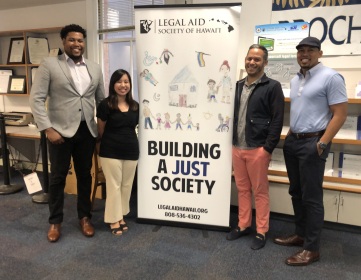
In order to complete the goal, I first had to go through the various forms of each circuit and compare them to one another. In some forms, each circuit had the exact same information. In other forms, each circuit would either phrase their question or answer choice differently or put it under different sections, but it would be relatively the same. However, in certain forms, a circuit may not ask the question another circuit asked or give an answer another circuit provided. I noted each similarity and difference by making a table for each form. In each table, the columns’ headings were the different circuit courts. The rows were the different variables that the forms had. In the table, I would write down word-by-word exactly how each circuit phrased their questions, answer choices, and information so that my supervisor could later determine if the information was materially different.
Once I looked through all of the forms, I worked on combining the different circuits’ form into a single form. I did this by converting the First Circuit’s PDF forms into a Word Document with the help of Jenny Silbiger, the Hawaii Supreme Court Law Librarian and Access to Justice Coordinator. From there, I would put in the different answer choices, subsections, or paragraphs that another circuit would have while adding comments of which areas were different from the First Circuit.
Once I worked on all of the forms, Nalani Fujimori Kaina, the Executive Director of the Legal Aid Society of Hawaii, reviewed the forms and marked which wording should be used in the combined forms. For example, while the first (Oahu) and second (Maui, Molokai, and Lanai) circuit refer to the parties as Plaintiff and Defendant, the third (Kona and Hilo) and fifth (Kauai) circuit refer to the parties as Husband and Wife. She explained that using genderless pronouns would be better. Based on her notes, I created a draft for a single, unified form.
After that, I worked on creating tables for the different variables (or answers) the Plaintiff or Defendant will be required to put in each form. I also created tables to show which forms had the same questions and answers in order to minimize the chances of the same question being asked while also helping the user in automatically filling in the answer.
The Next Step
There is still a lot more to do for the divorce portion on Legal Navigator. However, hopefully, through this project, we can learn more ways to give the public simple, accessible legal advice in other legal issues. For now, it’s a step in the right direction.
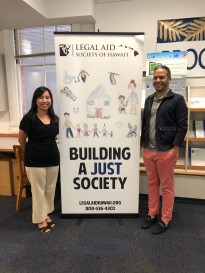 Mary Pascual is a law student at Gonzaga University School of Law, class of 2021. She was selected as the 2019 Fellow for the Legal Aid Society of Hawaii as part of the Access to Justice Tech Fellows Program. She is a graduate of the University of Hawaii at Manoa with a degree in information and computer sciences.
Mary Pascual is a law student at Gonzaga University School of Law, class of 2021. She was selected as the 2019 Fellow for the Legal Aid Society of Hawaii as part of the Access to Justice Tech Fellows Program. She is a graduate of the University of Hawaii at Manoa with a degree in information and computer sciences.
Mary worked with Legal Aid’s Executive Director, Nalani Fujimori Kaina in the development of content for the Legal Navigator Project and Legal Aid’s “Schema Project” with the Legal Design Lab at Stanford Law School under LSC’s Technology Innovation Grant.




 The Thomson Reuters Legal Executive Institute is dedicated to bringing together thought leaders from the legal industry to encourage discussion and debate. As part of their blog commentary they interview industry leaders and promising individuals within the industry. This July, the Legal Executive Institute interviewed NextGen Fellow, Amanda Brown, who is currently working on the statewide portals project.
The Thomson Reuters Legal Executive Institute is dedicated to bringing together thought leaders from the legal industry to encourage discussion and debate. As part of their blog commentary they interview industry leaders and promising individuals within the industry. This July, the Legal Executive Institute interviewed NextGen Fellow, Amanda Brown, who is currently working on the statewide portals project.
 Author: David Heiner, Microsoft
Author: David Heiner, Microsoft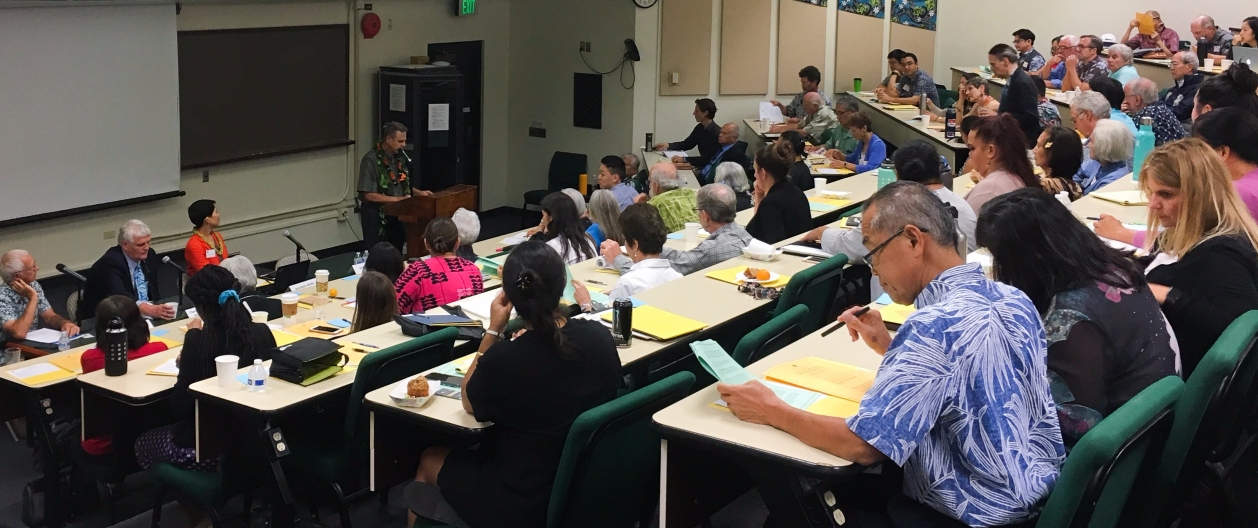
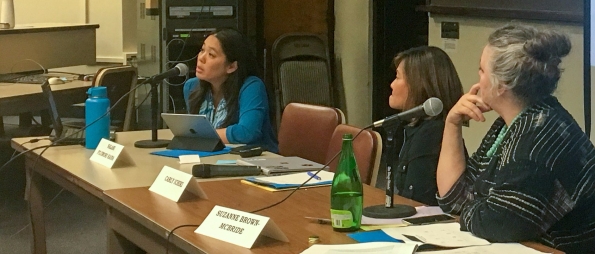

 Participants in the Ideation Workshops included local community members who had either experienced legal needs themselves, or who are frequently sought out as “navigators” for others in their community seeking legal help. Additional participants included members of the national project team, and representatives from the Alaska Court System and Justice for All project, Alaska Legal Services Corporation, United Way / 211, the Alaska public library system and the Alaska Native Tribal Health Consortium, among other groups. Organizational participants in Hawaii included the Legal Aid Society of Hawaii, Family Court on Oahu and Aloha United Way / 211.
Participants in the Ideation Workshops included local community members who had either experienced legal needs themselves, or who are frequently sought out as “navigators” for others in their community seeking legal help. Additional participants included members of the national project team, and representatives from the Alaska Court System and Justice for All project, Alaska Legal Services Corporation, United Way / 211, the Alaska public library system and the Alaska Native Tribal Health Consortium, among other groups. Organizational participants in Hawaii included the Legal Aid Society of Hawaii, Family Court on Oahu and Aloha United Way / 211.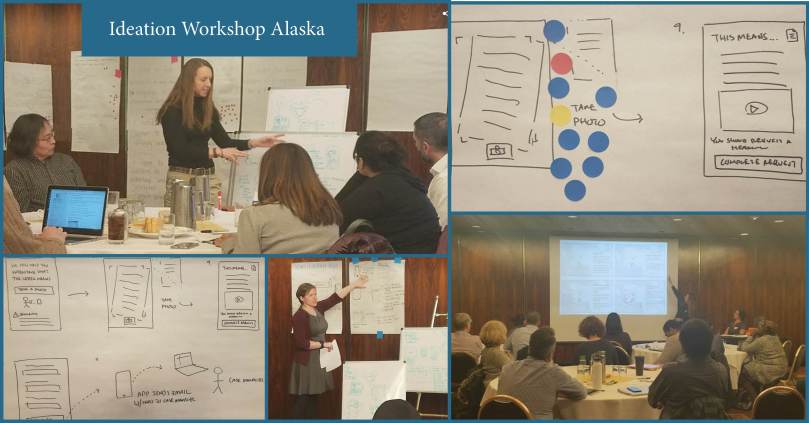 The first day of each workshop drew on personal stories shared by these individuals to prioritize key user needs and wants in the Legal Access Platform. During the second day, designers from Fell Swoop, a user experience design firm, assisted small groups in storyboarding examples of how people might access the Platform and engage with resources available on it to find solutions to their legal problems.
The first day of each workshop drew on personal stories shared by these individuals to prioritize key user needs and wants in the Legal Access Platform. During the second day, designers from Fell Swoop, a user experience design firm, assisted small groups in storyboarding examples of how people might access the Platform and engage with resources available on it to find solutions to their legal problems.